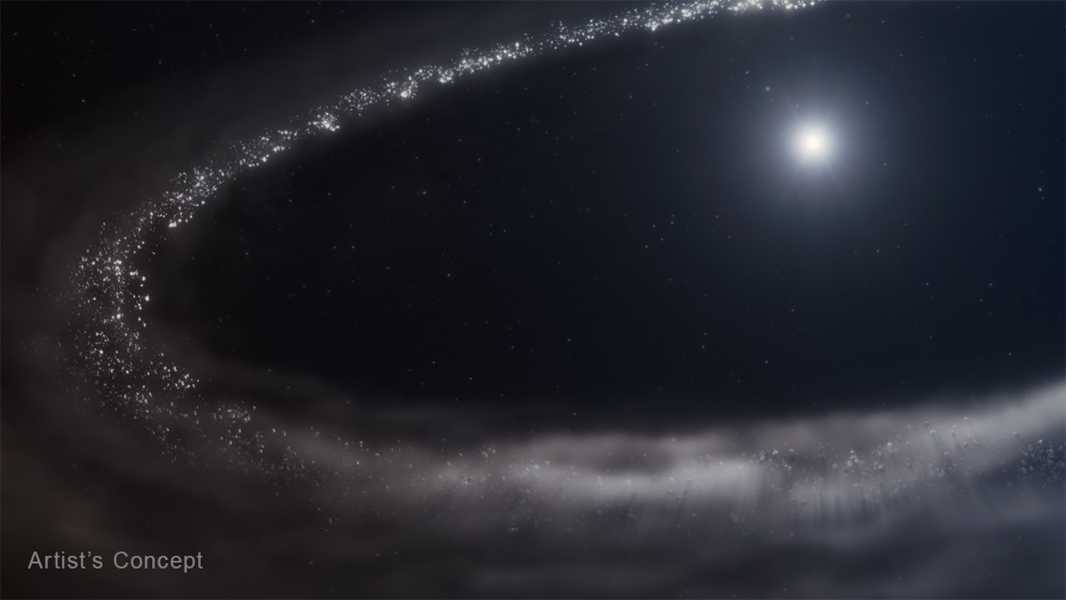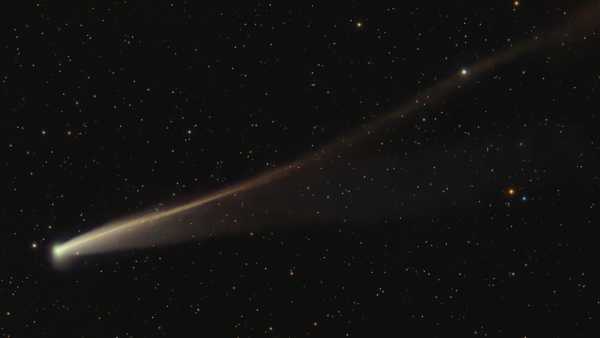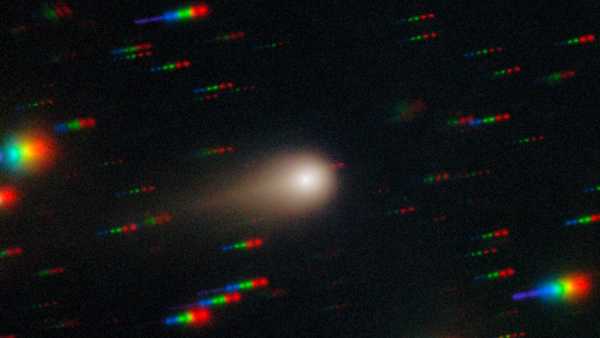
JWST has detected water ice in the vicinity of a distant star, giving scientists the opportunity to study how this essential element for life is delivered to young planets outside our solar system. (Image credit: NASA, ESA, CSA, Ralf Crawford (STScI))
Astronomers have reported a major discovery: the James Webb Space Telescope (JWST) has detected water ice floating in a dusty ring of debris surrounding a distant Sun-like star.
Scientists have long suspected that water, especially in its frozen state, may be widespread in the cold outer regions of planetary systems beyond our own. That’s because within our solar system, Saturn’s moons such as Enceladus, as well as Ganymede and Europa around Jupiter and other icy moons, are known to harbor significant amounts of frozen water. Some of these moons are even thought to have subsurface oceans of liquid water, fueling ongoing debate about their ability to support life.
Now, following confirmation from JWST last week, scientists say they can begin to study how water – the basic element of life as we know it – is distributed and transported in other planetary systems.
You may like
Sourse: www.livescience.com





